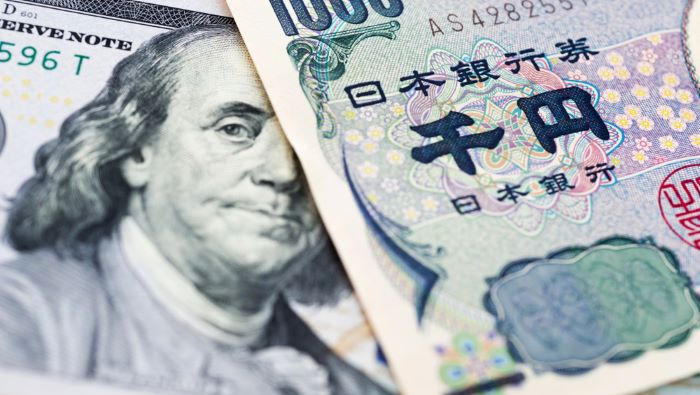
‘The Fed Hikes Until Something Breaks’
We all know the saying, ‘the Fed hikes until it breaks something’ and after the hundreds of billions of dollars worth of deposits were at risk in March 2023, we have to ask ourselves if something did indeed break? While bank stocks around the globe sold-off, the bank failures appeared to be limited to US regional banks, apart from the already ailing Credit Suisse in Switzerland, of course. The Fed stepped in to provide additional liquitidy to banks, shoring up conficence, while major central banks all issued reassurances that their banks are in a much stronger position than in 2008.
Recommended by Richard Snow
See what the yen has in store for Q2
The Silicon Valley Bank, Signature Bank and Silvergate Bank collapses sounded the alarm of what can happen when interest rates tighten at break-neck speed and it remains to be seen whether other pockets of stress are likely to appear as the Fed intends to keep conditions tight into year end.
The Fed’s March summary of economic projections revealed an unchanged Fed funds rate of 5.1% to the end of the year , while forward-looking markets are already pricing in rate cuts:
Fed Summary of Economic Projections Showing the Fed Funds Rate at 5.1%

Chart prepared by Richard Snow, Source: Federal Reserve
Implied Fed Funds Rate and Implied Basis Point Movements – Showing 70 bps of Anticipated Rate Cuts in 2023

Chart prepared by Richard Snow, Refinitiv
With diminished bullish appeal to the dollar, the focus shifts to spotting the ideal currency to match with a less attractive dollar and that currency is the Japanese Yen.
Safe Haven Qualities of the Japanese Yen Amid Hints of BoJ Policy Normalisation
A changing of the guard at the Bank of Japan (BoJ) is upon us at the start of Q2 as Kazuo Ueda replaces the outgoing Haruhiko Kuroda. Ueda attracted media headlines with rhetoric suggesting an overhaul of the Bank’s ultra-loose monetary policy but had largely backtracked on such statements, offering up instead that low rates remain appropriate for now.
However, given the persistence of Japanese inflation, recent relaxation of yield curve control measures, and the highest wage increase (3%) in Japan since 1997, could we be seeing the start of policy normalisation in Japan?
In addition, the yen already showed its attractiveness at times of distress during the regional bank fallout in Q1, as it clawed back lost ground against the dollar along with other G10 currencies due to its safe haven qualities. With much uncertainlty around the unresolved banking crisis, at a time when interest rates remain uncomfortably high, any hint of instability is likely to affect USD/JPY.
Short USD/JPY: Technical Considerations around 130.00
The daily USD/JPY chart reveals the extent of the bearish move that developed in March at the start of the regional bank distress. It also helps to show a rather crucial level for the pair – that of 131.35 which initially presented itself as resistance but for most of 2022 proved to be a key level of support for the pair. As this level comes under pressure, a return to the yearly low around 126.95 comes sharply into focus.
USD/JPY Daily Chart

Chart prepared by Richard Snow, Tradingview
The weekly chart helps view the pair over a longer-term horizon to get an appreciation for past price action and any indication of future directional clues. While rather unconventional, the weekly chart highlights a head and shoulders-like pattern. I say this because the left shoulder presents itself as more of a compound shoulder but nevertheless, the main takeaway of a topping market remains. Prices pushed higher to peak in October of 2022, dipped at the end of the year, rose again on the back of a really strong NFP print but fell way short of testing the peak and has trended lower since.
With a conclusive move below prior support at 131.35 key to this bearish setup, opportunities to go short can be assessed, with multiple levels of support ahead, starting with 125.80, followed by 121.85 and ultimately 121.00 flat. The quarterly average true range (ATR) suggests a typical price movement of around 900 points, which highlights the potential of a positive risk to reward ratio of 1:1.5.
USD/JPY Weekly Chart

Chart prepared by Richard Snow, Tradingview
Trade Smarter – Sign up for the DailyFX Newsletter
Receive timely and compelling market commentary from the DailyFX team
Subscribe to Newsletter

